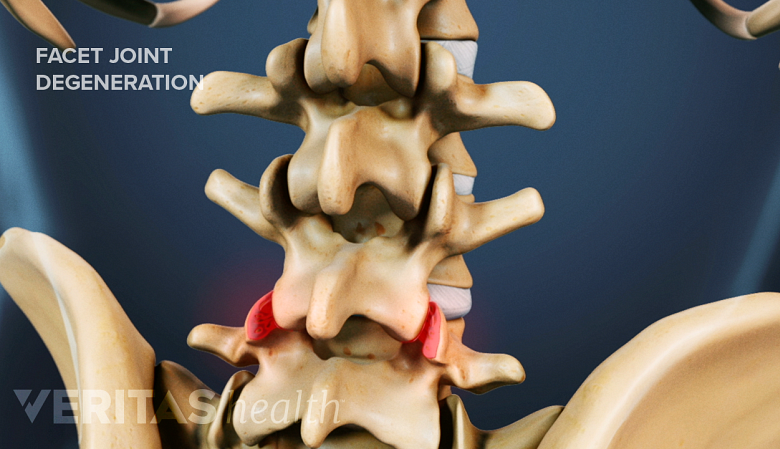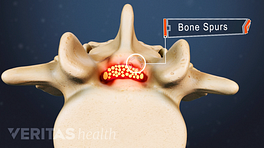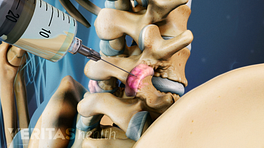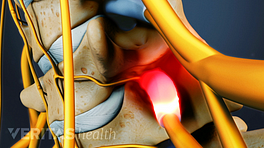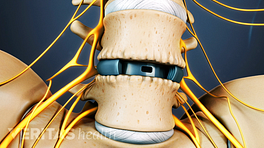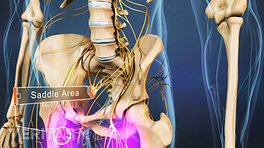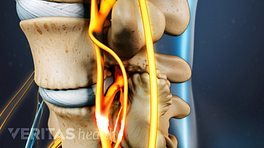A synovial cyst is a relatively uncommon cause of spinal stenosis in the lumbar spine (lower back). It is a benign condition, and the symptoms and level of pain or discomfort may remain stable for many years.
A synovial cyst is a fluid-filled sac that develops as a result of degeneration in the spine. Because a synovial cyst develops from degeneration it is not often seen in patients younger than 45, and is most common in patients older than 65 years old.
The fluid-filled sac creates pressure inside the spinal canal, which can give a patient all the symptoms of stenosis of the spine. Spinal stenosis is a condition that occurs when degeneration in the facet joints causes pressure on the nerves as they exit the spine.
In This Article:
- Synovial Cyst in the Lumbar Spine
- Synovial Cyst Symptoms and Diagnosis
- Treatment Options for Synovial Cysts
- Spine Surgery for Synovial Cysts
Causes of a Synovial Cyst
Synovial cysts develop due to degeneration of the facet joint in the lumbar spine.
Synovial cysts develop as a result of degeneration in the facet joint in the lumbar spine. It is typically a process that only happens in the lumbar spine, and it almost always develops at the L4-L5 level (rarely at L3-L4).
Watch Spinal Motion Segment: L4-L5 Animation
The pain probably comes from the venous blood around the nerves not being able to drain, which leads to pain and irritation of the nerves. Sitting down allows the blood to drain and relieves the pressure.
The facet joints of the lumbar spine are similar to other joints in the body, such as the hips or knees, in that:
- They are composed of two opposing surfaces that are covered with cartilage.
- The cartilage is the smooth, very slippery surface that allows a joint to move. As it degenerates, the cartilage loses its smooth, frictionless surface.
- A thick capsule surrounds the entire joint, and within this is the synovium.
- The synovium is a thin film of tissue that generates fluid within the joint that helps further lubricate the joint.
- As the joint degenerates it can produce more fluid. This extra fluid can help by adding lubrication to enable the joint to function.
It is thought that the synovial cyst develops in response this extra fluid. The fluid escapes out of the joint capsule through a one-way ball-valve type hole, but stays within a synovial covering. This functionally pumps fluid one way into the fluid sac.
The fluid, however, is not under a lot of pressure and does not usually cause severe problems. Because of this, serious problems such as neurological deficits or cauda equina syndrome (loss of bowel and bladder control) are extremely uncommon even for very large cysts.
Treatment for synovial cysts that cause symptomatic lumbar stenosis, the treatment is largely the same as for other causes of lumbar spinal stenosis, with the exception that there is often accompanying spinal instability at the same joint that needs to be considered if surgery becomes necessary.
